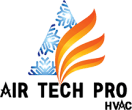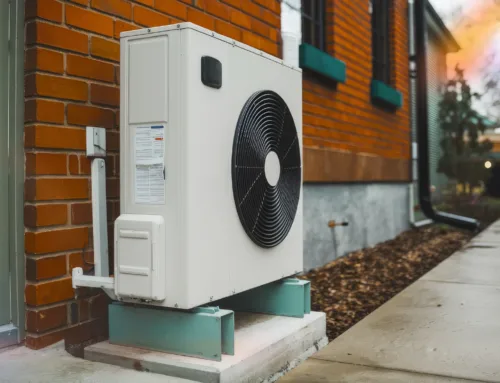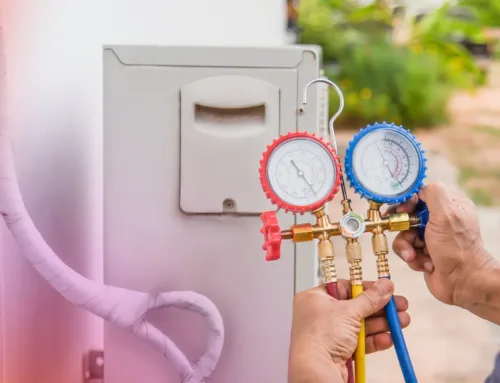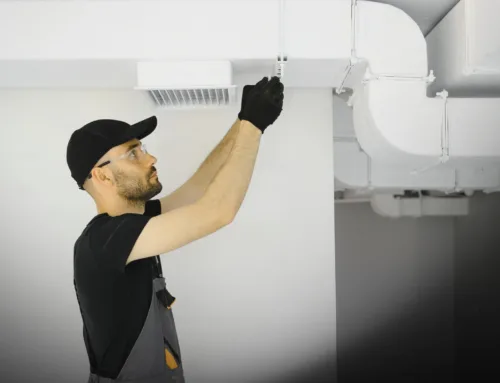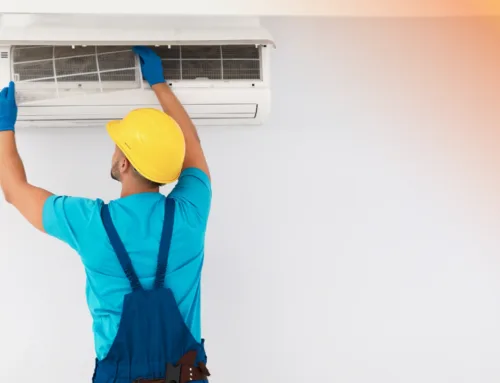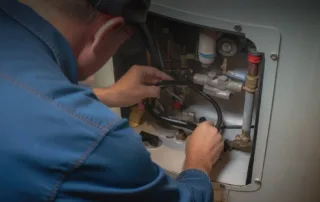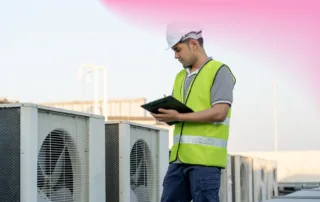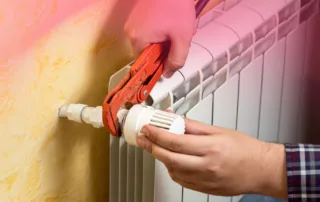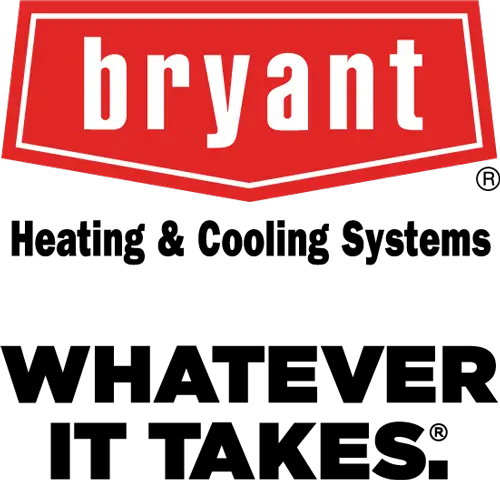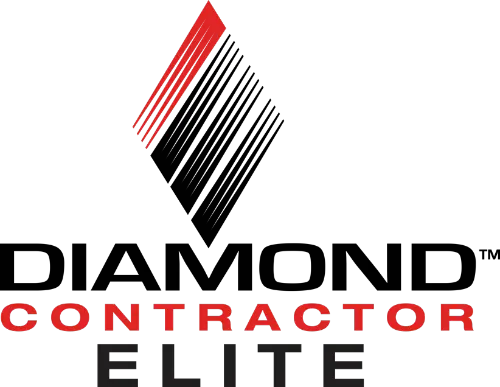As temperatures drop and winter approaches, ensuring your heating system is in peak condition becomes critical. A well-maintained furnace not only keeps your home comfortable during cold months but also prevents costly emergency repairs and reduces energy bills. At Air Tech Pro, we’ve compiled this comprehensive guide to help you prepare your heating system for the season ahead.
Why Winter HVAC Maintenance Matters
Winter places significant demands on your heating system. Without proper preparation, your furnace may struggle to keep up, leading to inefficiency, higher utility costs, and potential breakdowns when you need heat most. Regular maintenance helps extend your system’s lifespan, improves energy efficiency, and ensures your home stays warm and comfortable throughout the season.
The benefits of proactive maintenance include improved energy efficiency, extended system lifespan, superior home comfort, better indoor air quality, lower utility bills, and fewer unexpected repairs.
Essential Winter Furnace Maintenance Tasks
Replace Your Air Filters
One of the most important yet often overlooked maintenance tasks is replacing your air filters. You should replace your air filter every 30 to 90 days to preserve indoor air quality and protect your heating system from working harder than necessary. A clogged filter can strain your furnace, increase energy costs, and potentially damage your equipment, leading to early failure.
When selecting replacement filters, ensure you choose high-quality filters in the correct size for your unit and consider the appropriate MERV rating for your needs.
Lubricate Moving Parts
Your furnace contains numerous moving parts—including belts, fan blades, inducer blades, pulleys, and bearings—that all play crucial roles in safe operation. Without proper lubrication, these components can rub and grind against each other, creating friction and causing premature wear. Adding a drop of oil to the blower motor and lubricating all moving parts helps keep everything running smoothly and prevents costly breakdowns.
Test and Calibrate Your Thermostat
A malfunctioning thermostat can make your home uncomfortable and raise your electric bills significantly. Before winter arrives, test your thermostat by setting it to a higher temperature than your current indoor temperature—your furnace should kick on and reach the set temperature. If you have a digital thermostat, ensure it displays the correct date and time. Consider upgrading to an energy-efficient smart thermostat for better temperature control and energy savings.
Inspect Your Furnace Ignition System
If you have a gas furnace, its ignition system should be inspected at the start of winter to ensure it’s in good working condition. Look for any loose or frayed wires, check the pilot light or ignition system, and clean the burners if necessary. Additionally, clean the flame sensor to ensure uninterrupted heating throughout the season.
Check Gas Connections and Heat Exchanger
For gas furnaces, it’s essential to check all gas connections, gas pressure, burner combustion, and the heat exchanger. Improperly operating gas connections are a fire hazard and can contribute to health problems. A dirty burner or cracked heat exchanger causes improper burner operation and can make your equipment operate less safely and efficiently. If you notice any issues, search for “professional heating repair near me” immediately.
Inspect and Seal Your Ducts
Even with clean air filters, your ducts can collect dust, dander, and pet hair. Start by inspecting your HVAC ducts for signs of damage, leaks, or disconnections. Properly sealed and insulated ducts are essential to prevent warm air from escaping into unused spaces. You should vacuum your ducts regularly and have professionals perform deep cleaning to stop blockages from forming and increase air quality.
Clear Obstructed Vents
If you’ve rearranged furniture during warmer months, take time to ensure no air vents are blocked. Keeping your air vents clear improves the even distribution of warm air to every part of your home, improves energy efficiency, and reduces the risk of fire hazards.
Declutter Your Furnace Area
Remove anything within a 3-foot radius of your furnace if items have been collecting around it during the offseason. Vacuum any dust, dander, and pet hair from the furnace’s access panel to maintain proper airflow and system efficiency.
Check Your Blower Belt
The blower belt breaks or wears out more frequently than other system components. Ensure the belt isn’t frayed or dried out. If you notice any damage, it may be time to contact a professional for heating repair near you to have it replaced.
Tighten Electrical Connections
Faulty electrical connections can cause unsafe operation of your system and reduce the life of major components. Have a contractor measure voltage and current on motors and tighten all electrical connections to ensure safe and efficient operation.
Test Safety Devices
More home fires occur during winter than any other season due to heating equipment. Check your smoke and carbon monoxide detectors regularly to ensure they work properly. Replace batteries and test devices to confirm they’ll function as intended in case of an emergency.
Schedule a Professional Tune-Up
While many maintenance tasks can be completed yourself, scheduling an annual pre-season check-up with a qualified HVAC professional is highly recommended. Contractors can identify underlying issues before they become major problems and ensure your system operates at peak efficiency. Professional maintenance typically includes checking thermostat settings, lubricating moving parts, inspecting the condensate drain, checking system controls, and verifying proper startup and shutdown cycles.
When to Call a Professional
If you encounter any issues during your maintenance checks or feel uncomfortable performing these tasks yourself, don’t hesitate to reach out. Air Tech Pro offers expert heating repair services to address any concerns and ensure your system is winter-ready. Our professionals can handle complex inspections, repairs, and maintenance that require specialized knowledge and tools.
Conclusion
Preparing your heating system for winter doesn’t have to be complicated. By following this essential maintenance checklist, you’ll ensure your furnace operates efficiently, reliably, and safely throughout the cold months ahead. Start these tasks now—before winter weather arrives—to avoid emergency repairs and keep your home warm and comfortable. If you need professional assistance with any aspect of your heating system maintenance, Air Tech Pro is here to help with comprehensive heating repair services and expert guidance.
Air Tech Pro HVAC Proudly Services All Makes And Models Of HVAC Equipment Including
Mitsubishi and Bryant
